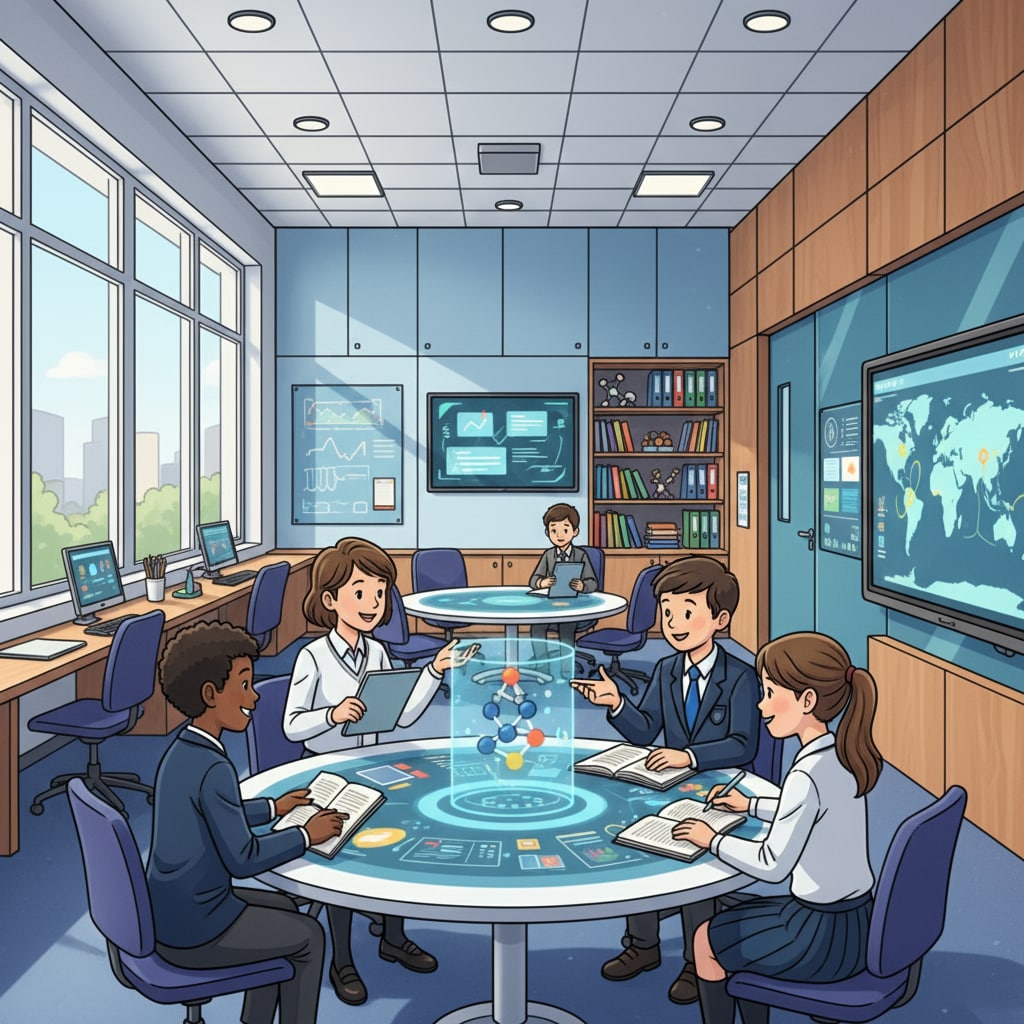When it comes to the topic of private schools, public schools, educational choices, and siblings, parents often find themselves at a crossroads. Deciding whether to send siblings to the same or different educational institutions, especially when considering the private education system, is a weighty decision that can shape their futures. Let’s take a closer look at the various aspects involved.

The Allure of Private Education
Private schools often offer several attractions. Firstly, they generally have smaller class sizes. This means teachers can give more individualized attention to each student. For example, in a private school classroom, a teacher might have the time to work one-on-one with a struggling student, helping them catch up. According to Britannica, smaller class sizes can lead to better academic performance. In addition, private schools may have more resources for extracurricular activities. They could offer a wider range of sports teams, art programs, and music ensembles, allowing students to explore their interests more fully.
Benefits of Early Entry into Private Education
Starting children in private schools at an early age can have its advantages. For one, they can be exposed to a more specialized curriculum from the beginning. This might include advanced language learning or unique teaching methods focused on critical thinking. Moreover, children get an early start in building relationships within a particular educational community. They form bonds with classmates and teachers that can last a lifetime. As a result, they may feel more at home in the school environment, which can boost their confidence.

However, it’s important to note that early entry also has its drawbacks. Private education can be costly, and starting early means a longer financial commitment. Parents need to carefully consider their financial situation before making this decision.
On the other hand, waiting until later to send a child to a private school also has its merits. By this time, parents may have a better understanding of their child’s learning style and interests. They can then choose a private school that aligns more closely with these needs. For instance, if a child shows a strong aptitude for the arts, parents can look for a private school with a renowned art program. However, late entry might mean the child has to adapt to a new environment, teaching style, and peer group, which could be challenging.
When considering siblings, the decision becomes even more complex. Some parents believe in providing a consistent educational experience for all their children. Sending siblings to the same school, whether public or private, can create a sense of unity and support. They can share experiences, study together, and have a familiar face in the school. According to Wikipedia, this continuity can be beneficial for a child’s emotional well-being. However, other parents recognize that each child is unique and may thrive in different educational settings. They might choose to send one sibling to a public school and another to a private school based on their individual strengths and weaknesses.
Readability guidance: We’ve used short paragraphs and lists to summarize key points. Each H2 section has a list-like structure. We’ve also controlled the passive voice and long sentence ratios and added transition words like ‘however’, ‘therefore’, ‘in addition’, ‘for example’, and ‘as a result’ throughout the text.


